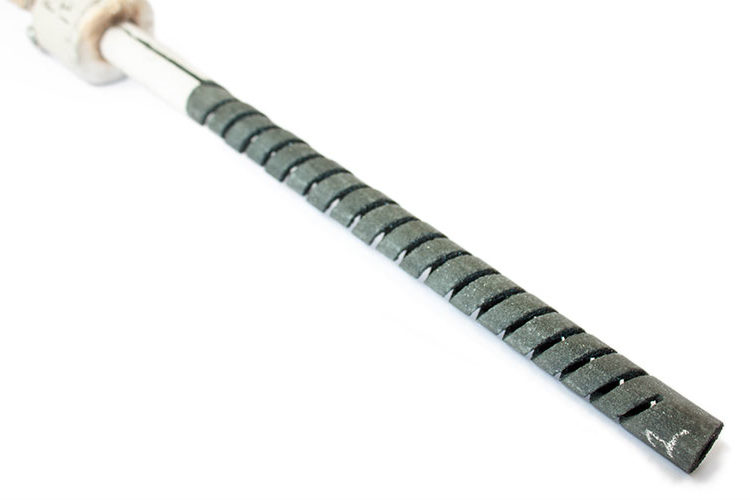History of the heaters in silicon carbide
The heating elements in silicon carbide were invented in the early twentieth century, and their use in industry was immediate thanks to its exceptional thermal capacity compared to more traditional metals. Over the years the technology developed around this type of resistance has enabled a further increase of the maximum working temperatures. To date the silicon carbide heaters, are used in almost all specialized industrial sectors such as the thermal treatment of metals, glass, in the production of ceramic materials, electronic components etc.
Technical characteristics of the silicon carbide
To achieve high performance, all silicon carbide heaters, have a density of the mineral in them equal to 2.4 Gm-cc.
The cold parts to withstand these temperatures are impregnated into metallic silicon and must be mounted behind the refractory wall while the ends of the elements are coated aluminum as the “wires” that are used to power them. Generally, the hot part of these heaters, covers about 50% of the length of the resistance itself.
The SIC heaters, are best when working in atmospheres composed of air or argon, on the contrary have difficulty to work in atmospheres composed primarily of hydrogen as the latter tends to corrode the silicon dioxide layer that covers them.
Currently the working range is from 600 ° C to 1750 ° C
APPLICATION:ù
- Muffle furnace
- Meltin metals
- Pharmaceutical field
- Scientific field
- Dental technician industry




